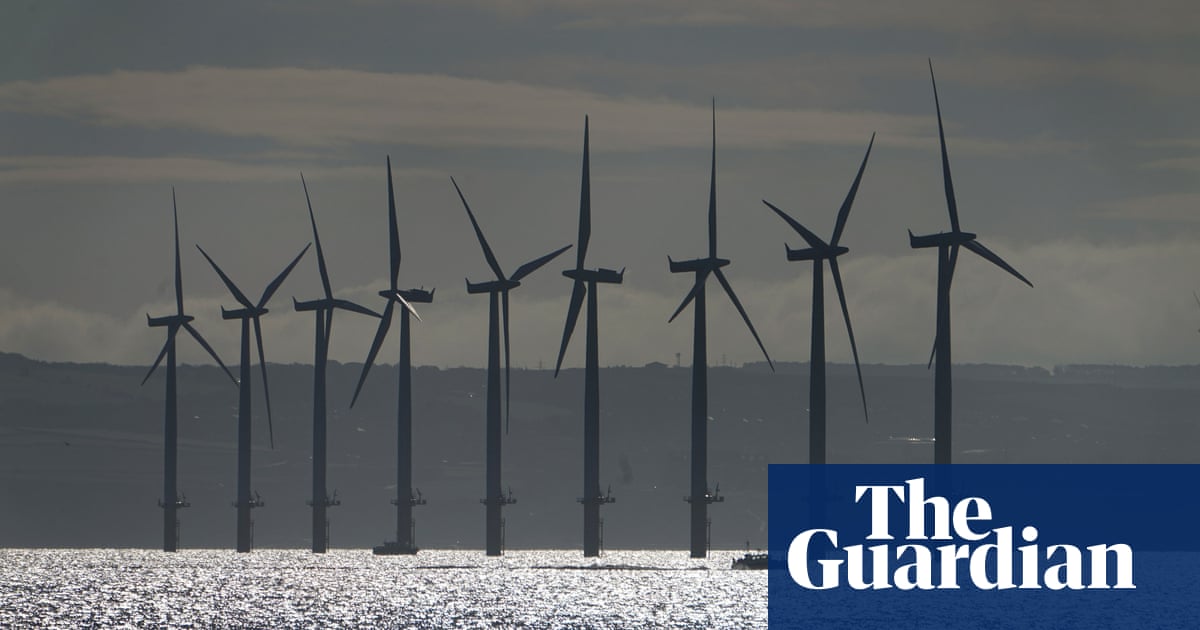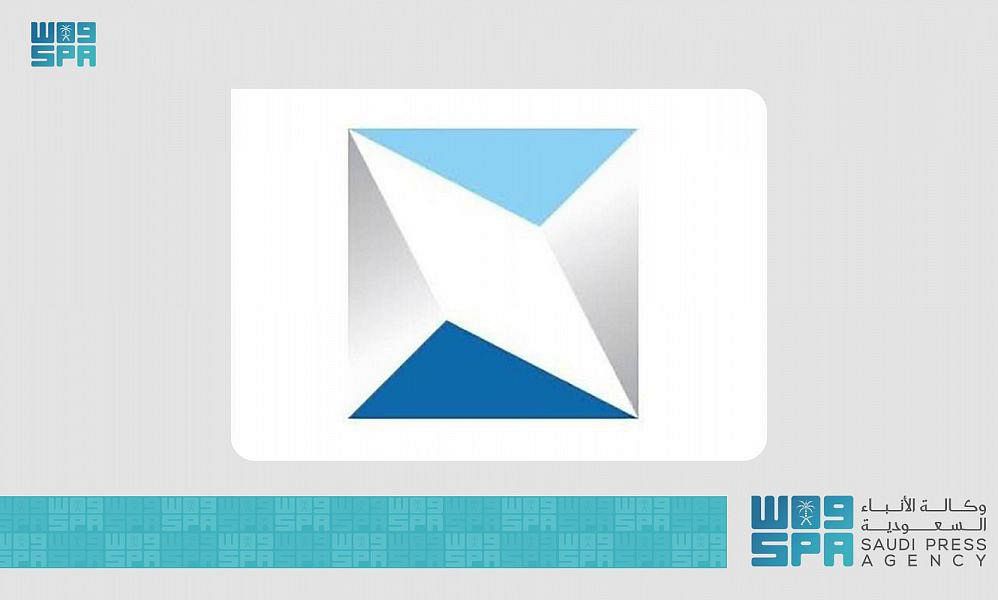
In March, Saudi Arabia and Japan’s SoftBank expanded their partnership to announce the world’s largest solar power generation project, estimated to cost $200 billion to build out 200,000 MW of capacity through to 2030. In Dubai, there are plans to gradually increase the relative weight of clean energy sources to 75% by 2050, with the Mohammed Bin Rashid Al Maktoum Solar Park targeted to have generation capacity of 5,000 MW once complete in 2030.
These large-scale projects clearly signal the acceleration of the renewable energy market in the GCC. But how will these projects be funded?
The cost of installing renewable power has declined sharply over the last decade driven by technological improvements that have increased efficiencies in the evolving renewable energy market. For example, the International Renewable Energy Agency (IRENA) sates that the cost of solar photovoltaic (PV) modules were 80% cheaper in 2017 than they were in 2009. This is driving governments and citizens to consider renewable energy sources as it becomes a more viable alternative to traditional carbon-based electricity generation.
As costs decline, investment in renewables is increasing. According to the International Energy Agency’s (IEA) report Renewables 2017, renewables presented two-thirds of new generation capacity added to the global grid. What’s more, the IEA says renewable energy generation will grow at twice the rate of gas and coal combined over the next five years.
The push by world governments and policymakers to combat climate change is another factor driving the increase in renewable energy with agreements such as The Paris Climate Accord aiming to combat climate change through the cooperation of member countries.
Although in an embryonic phase, the green bond market has grown by 80 percent annually over the past five years.
Rachel Goult
The GCC is perhaps one of the most ideal locations to develop a strong renewable energy industry given it enjoys two key pre-requisites required for the industry, specifically solar, to flourish.
Firstly, the year-round warm, sunny climate means the GCC has very high solar radiation levels and a large number of consistent sunlight hours throughout the year, both of which are crucial for efficient and economically viable solar electricity generation. According to an IRENA paper, close to 60% of the GCC’s land surface is suited for solar PV deployment.
Secondly, solar panels require large surface areas. In more inhabited areas of the world, the opportunity cost in terms of economically valuable land that could otherwise be used for residential developments, farming or commercial buildings is a key consideration. However, the GCC’s vast amount of barren land, particularly in the larger GCC countries of Saudi Arabia and the UAE, presents a lower opportunity cost.
The large presence of dust in this region is a key hurdle as accumulation of dust over time distracts light energy from reaching the solar cells thus reducing the performance of solar panels. Dust also boosts cleaning costs and creates additional challenges for maintenance repair. However, this hurdle reduces as various solutions emerge such as self-cleaning nanotechnology panels, which will increase the efficiency of solar PV.
Not only are physical demographics of the GCC favorable for the solar industry, but other factors are driving its expansion. The GCC’s energy and electricity demand is rapidly increasing driven by the economic and population growth as well as an increasing need for water desalination. Also, renewable energy would reduce state subsidies and support the various countries’ plans to diversify their domestic energy mix and source of government income away from hydrocarbons. Lastly, expanding renewables would reduce the climate footprint of GCC countries.
Given these factors, GCC member nations and their leaders have announced major initiatives and large-scale projects over the past few years to increase investment in renewables – a trend we expect to continue to accelerate over the next decade. Given the scale of these ambitions, the question of funding comes into play.
As this time, we are yet to see any major renewable projects funded by the issuance of bonds. This is mainly due to the accommodative nature, pricing levels and terms offered by local and international banks. However, given the scale of projects in the pipeline, capital markets could play a more important role in funding. There is also the potential for bank-funded projects to be refinanced via the capital markets once operational. There are examples of this already happening, including the refinancing of the $2.3 billion Ruwais Power Co. PJSC in 2013 that included a $825 million project bond, and Emirates Sembcorp Water & Power Co. refinancing of its existing debt via a $400 million project bond.
The green bond market also offers an opportunity for issuers to diversify their investor base. Although in an embryonic phase, the green bond market has grown by 80% every year over the past five years and S&P Global Ratings expect this to continue at a fast pace.
At S&), we suspect GCC issuers may combine green and vanilla sukuk feature in green financing, which effectively means they’re tapping in to two separate pools of liquidity, attracting an even more diversified investor base. Malaysia-based Tadau Energy became the first green sukuk issuer, raising 250 million Malaysian ringgit to fund its solar project and 2017 and we expect some GCC issuers to follow suit.
It is clear the GCC will see massive investment in the renewables space with various initiatives being announced in most of the GCC member countries over the last few years. Given the ambition and scale of these projects and the increasing funding pressure on banks, S&P Global Ratings believes the capital markets, specifically a combination of green and vanilla sukuk, can play a more important role in financing renewable projects in the GCC.
Rachel Goult is director of infrastructure and project finance ratings at S&P Global Ratings.
Disclaimer: Views expressed by writers in this section are their own and do not necessarily reflect Arab News" point-of-view











